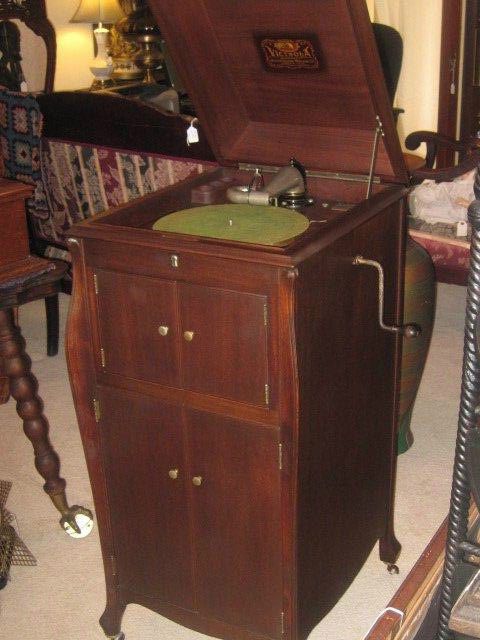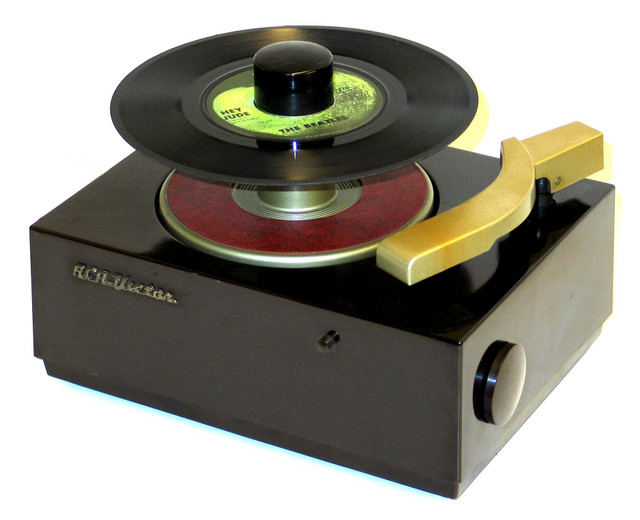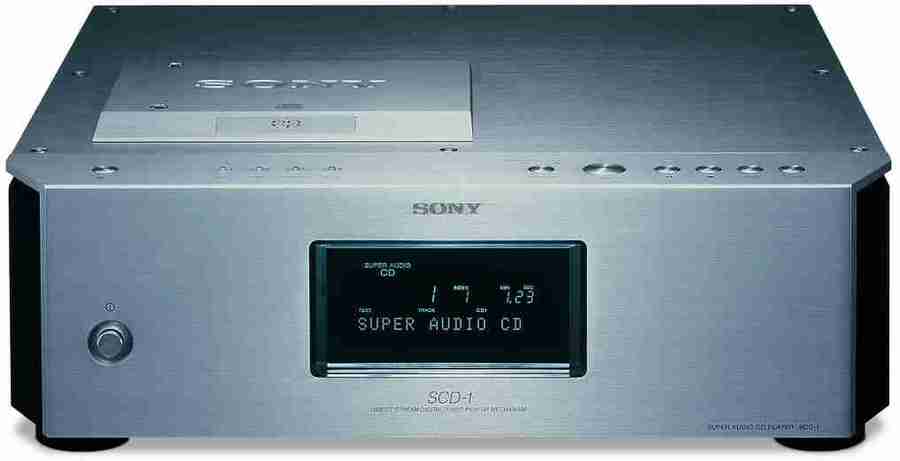It’s not complicated when everything is there ready to roll. It’s just a matter of whether or not it’s even worth the tape and time spent, because for me it’s all in service to the music, or what’s the point?
I’ve got some pretty piss-poor quality recordings of music that is very important to me artistically and emotionally, but I gotta have it, so I let my brain and imagination freely make all the subtle adjustments and tweaks - filling in all the deficiencies with perfection, this mode of listening is a lost art, especially for the younger generations who never knew junk, like squinting at a 12” CRT in glorious B&W, (mostly light grey) built into a colossal wooden cabinet with a tiny rounded screen nearly obscured by snow, lines and other coat hanger antennae compounded artifacts of interference, but you watch gladly, because you wanted to see Buck Rodgers, and you had to walk more than a mile to your neighbors’ house because they had a TV and you (we) did not.
I for one can occasionally live with suffering substandard recordings and enjoy them immensely as long as I know I can hear other well presented selections guaranteed to blow me away. It’s a good thing we could never imagine how good music could sound at home, because if I knew how good it would eventually become, but also that I would have to wait 30,50 or 70 years later to enjoy it, I don’t know if I would’ve had that much patience.
I hear you loud and clear but we have differing philosophies on what THIS human can bear.
I grew up with substandard audio. My first experience was at age 5 when my Grandfather passed and my Aunt, his daughter, was playing Tchaikovsky on a 78 rpm Victrola and sobbing hysterically at the same time mourning his loss. I loved the music and it moved me in ways I cannot express but I was constantly reminded of the crackling sound emanating from that ancient horn.
At an early age, a 45 rpm spindled electric 'device' entered our lives and for hours on end I loaded that machine with adolescent sing a longs and grooved to the sounds and even sought to entertain my parent's friends by attempting to mimic the voices coming out of those tiny speakers. Imagine a 7 year old belting out "They try to tell us we're too young ..... too young to really fall in Love...." In retrospect.......hysterically comical! I was told not to quit my day job which was just being a kid.
I was always infatuated with sound .......and we finally graduated to a console ..... that all in one wooden monstrosity which housed a turntable and an AM/FM radio and STEREO speakers at their zenith ... or so, I thought.
When I grew older and worked summer jobs and did chores around our house which was a funeral home I became interested in components ......a simple EV receiver, smaller than a shoebox with probably 20 [or less] watts per channel and a pair of rudimentary wooden speakers from Radio Shack or Lafayette Electronics which took me an entire summer to pay for. Alas, I had graduated to the BIG time. Really?
When I finally moved on to College, in my sophomore year I met a friend with
way WAY deeper pockets than mine who was insanely attracted to the high end. He was buying these gigundus Voice of Theater speakers, elaborate turntables/tonearms/cartridges, hefty amps and his final budget breaking blow was a professional Ampex Open Reel Recorder which was actually a console on casters which at the time cost mucho dinero. My puny set~up paled in comparison, but rather than envy him, I vowed to someday work harder and have all his toys and MORE. Once that high end audio bug bites .... there is NO cure......no vaccination to prevent further deluge. I was HOOKED.
Which leads me to my present philosophy. We've all been [or I've been] through so many substandard formats over the years ......do I even need to mention them ..... and am acutely aware that Master Tapes dating back to the 50's have been recorded at 15 ips or better and IMO, settling for 1 7/8, 3 3/4 or even 7 1/2 ips just doesn't cut the mustard. Did I also mention I was into 8/Super 8mm film making and collecting and I recently had the good fortune to procure a PRISTINE restored BD~V copy of Birth of A Nation [the original 1915 D W Griffith Production] with a newly recorded LOSSLESS 5.1 score for FIFTEEN BUCKS [back in the day, a 10 minute poorly replicated 8mm version ran MORE THAN THAT] so I am acutely aware of what I want ..... and need. Hopefully, the best quality of a sound recording or film currently available for 'consumer use...'
While I totally understand and respect the philosophies of fellow QQers who frequently post and are, like us, QUAD junkies who, for the sake of hearing an album in surround, will listen on turntables to matrixed discs and revel at the acquisition of a rare Q8 tape [and the woes associated with the care and feeding of 8 tracks, in general], I just cannot go there anymore. Hey, I was into matrix vinyl, CD~4, Quad Open Reel for fifteen years.
I am also a vociferous foe of LOSSY encoding and rail against pricey remasters that are DTS/DD .......... because I REALLY and TRULY feel that after waiting 40, 50 or more years to hear an analogue recording in all its glory, the releasing company didn't have the BALLS or RESPECT to at least give us a LOSSLESS remaster in the best fidelity possible. And yes, my ears and my system are good enough to notice THAT difference ..... In SPADES ... except on very
rare occasions when that LOSSY remaster is absolutely, positively exceptionally well done....which is NOT always the case.
Because I do feel since we've technologically come a LONG, LONG way and have DUTIFULLY supported both the artists and record companies over the years by buying .... and re purchasing these discs in multiple formats ....
.we should be accorded more respect than that.
While I realize other QQers don't share that sentiment [rather have it in LOSSY surround .... than NOT], I think they're really missing the point because one day as all our fortunes hopefully change for the better, these same QQers will upgrade their audio systems and finally and unequivocally hear the difference between LOSSY and LOSSLESS .... and then it's too late. Guaranteed a lot of these discs will NEVER be remastered at that higher bit rate again...at least on physical disc.
Sorry to ramble but after spending the good part of a lifetime seeking that 'perfect sound forever ....' I think I'm 'somewhat' deserving of a break and am quite happy at the moment that companies like Dutton Vocalion have [perhaps] heard our pleas and are finally giving us what I think WE deserve. And that goes for those quality SURROUND reissues from the majors/artists who DO care and have made room in their budgets to include a LOSSLESS encode [FINALLY], instead of lavishing their budgets on coffee table sized books and baubles, bangles and beads!
No, folks .... none of us are ENTITLED to anything in life ........ but it's good to know there still remain those entities who do genuinely care and attempt to give us the GOLD in lieu of tarnished silver. And AMEN to that.

























